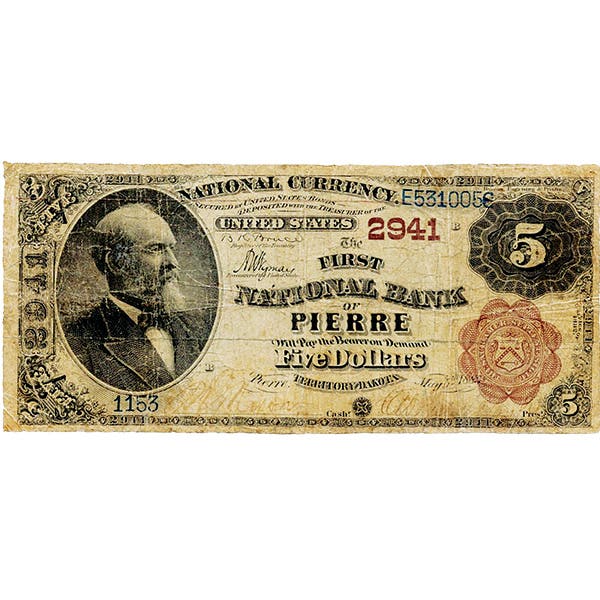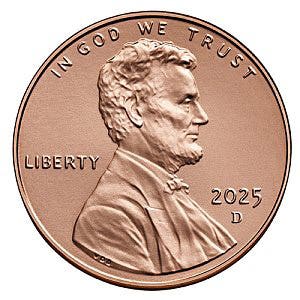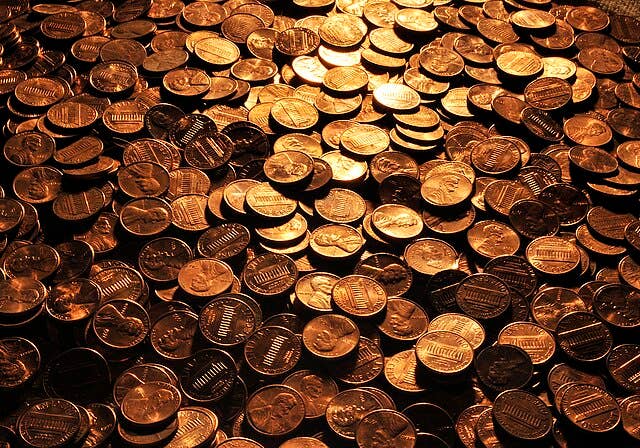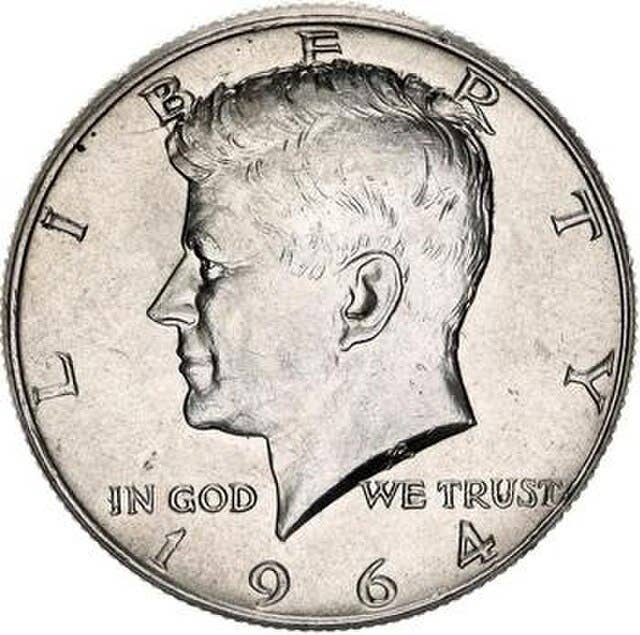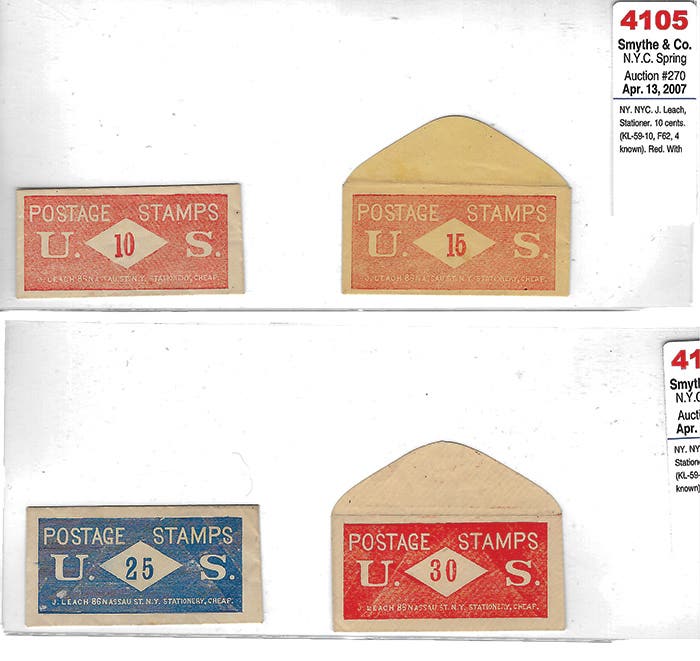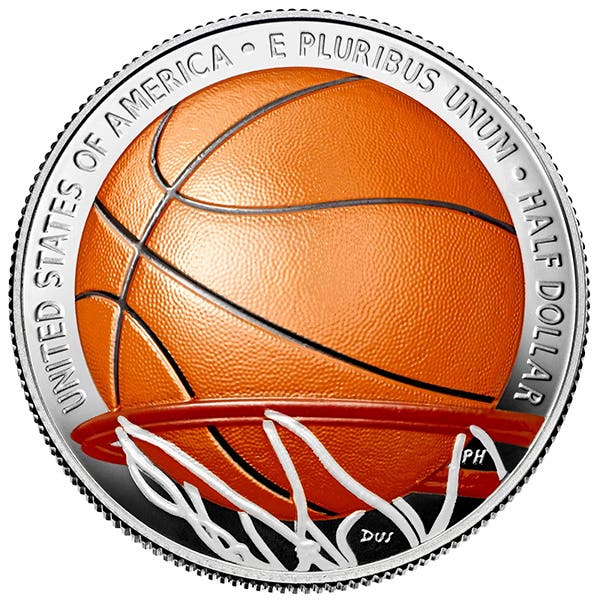My Trades: Wise and Otherwise
In this column, I’m going to tell you about my efforts to trade semi key and key coins for the 1909-S VDB Lincoln cent and the 1916-D Mercury dime. When…
In this column, I’m going to tell you about my efforts to trade semi key and key coins for the 1909-S VDB Lincoln cent and the 1916-D Mercury dime. When I got back into coins after my college years, these were two coins that I needed to complete their respective sets.
This trading adventure began with ads I ran in the Classified section of a major numismatic periodical. Trusting soul that I was at the time, my ad contained my home address and home telephone number. In my ad, I offered to trade semi key and key coins (e.g., uncirculated 1931-D dimes, uncirculated 1936-D quarters, etc.). This was in the early 1970s, and I didn’t realize how much things had changed while I was out of the action.
I very quickly received a response to my ad purporting to be from a long-time collector with just the coins I needed. At the time I ran the ad, a 1909-S VDB cent had a Red Book (A Guide Book of United States Coins) value in Fine condition of $120, and the 1916-D was worth $185 in the same grade. The man who responded said that he was willing to send his coins first.
Eagerly, I sent a letter (this was all by “snail mail,” of course) telling the man to send the coins, and I would return equal value in my coins. At the time, my two BU 1936-D quarters were worth $245 apiece, and my pair of 1931-D dimes listed for $55 each.
Soon, I received an insured package containing the two promised coins. When I got them out of the package, I was surprised to see that they were in fact better than the sender had indicated. Instead of coins in Fine condition, they were at least VF and perhaps even a little better.
Obviously, their grades were a plus, but at the same time I was a bit leery of them because of their somewhat odd colors. They didn’t look cleaned, but they were both a little off.
Because of this, I spent some time with a stereo microscope studying the base of the mintmarks looking for a seam. When I couldn’t detect one, I began to have a little more confidence about the coins’ legitimacy. Keep in mind that this was many years before the appearance of certification services and the widespread use of computers.
Because of the nice grades and the lack of a visible seam showing that the mintmarks had been glued on, I went ahead and fulfilled my end of the trade. Not long after that, I took the two coins with me to a coin show in another part of the state. As I circulated the bourse looking for coins to add to my collection, I asked each dealer what he thought about my 1909-S VDB cent and 1916-D dime. Roughly half the dealers said they were nice coins, and they would buy them. The other half, unfortunately for my peace of mind, weren’t sure they were legitimate.
So, I decided to contact my trading partner again and see what he had to say about the negative responses I had gotten at the show. His response was quickly forthcoming: “I’m a retired police officer,” he wrote, “and if you have any reservations about the legitimacy of my coins, just send them back and I’ll return your coins.”
Well, that sounded so good that I immediately lost any doubt about the two coins. In fact, I was so pleased with the man’s response that I sent him a couple more coins as a token of good will.
You can imagine my horror a short time later to read in a coin periodical that a young man with the same name as my correspondent had been arrested for counterfeiting key coins that he then traded for legitimate pieces. His specialties, of course, were 1909-S VDB Lincolns and 1916-D Mercury dimes!
To add another nail to the coffin, I learned from the article that he had been posing as his father, who was indeed a retired police officer and long-time collector. At the end of the article, there was a brief statement advising anyone having dealings with the man to get in touch with the Secret Service agent investigating the case.
As you would expect, the agent advised me to send him the coins, and they would be examined for legitimacy. Off the coins went to the Secret Service, and I waited anxiously for a return letter asserting that the two were fakes so that I could claim them as losses on my income tax for the year.
When that didn’t come in some reasonable period of time, I was advised to contact one of my state’s Senators, which I did. Shortly thereafter, I received the statement that I needed for tax purposes.
One thing that puzzled me about the two coins was how the mintmark was created. During one telephone contact I had with the Secret Service agent, I asked him the question and he informed me that it was created by “chasing.”
This is what I learned about the technique from consultation with Google:
There are several methods used by counterfeiters to add a mintmark to a coin, but probably the crudest is called “chasing.” Rather than take a mintmark from one coin and glue, solder or emboss it to another, the counterfeiter will use a metal tool to sculpt a mintmark out of the coin’s surface. As a result, there will be prominent tool marks in the field nearby and the mintmark will usually be malformed. This method is most frequently used to alter digits in a date, such as an 8 to a 3, and it is rather unusual to see a chased mintmark.
Of course, chasing didn’t seem to fit the two coins I had studied, as I certainly didn’t detect any “prominent tool marks.”
Years later, I ran across another article about the crook I had traded with. He had been sentenced to several years in prison for his crimes and had died there. If I said I was sorry to see what happened to him, I would be lying as much as he was when he pretended to be his father.
Although we’ve reached the end of this bad trading experience, it’s not the end of the negative events that befell me as a result of my ads in a coin periodical. But that’s a tale for another column.




